Table of content
Cooking glass noodles, also known as cellophane noodles, vermicelli, or bean threads, is an art that combines simplicity with the ability to elevate any dish to gourmet status. These translucent, delicate strands made from mung bean starch or rice flour are a staple in Asian cuisine, particularly in Chinese, Vietnamese, Korean, and Thai dishes. Their neutral flavor and ability to absorb surrounding flavors make them incredibly versatile. Whether you’re preparing a light summer salad, a hearty soup, or a stir-fry, knowing how to cook glass noodles perfectly can transform your meal from good to great. In this comprehensive guide, we’ll delve into the intricacies of preparing glass noodles, from selecting the right type to achieving the perfect texture.
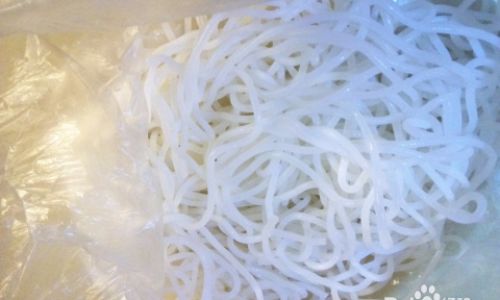
Understanding Glass Noodles
Before diving into the cooking process, it’s essential to understand the basics of glass noodles. They come in various thicknesses, from thin angel hair-like strands to thicker, more robust versions. The most common types are made from mung bean starch or rice flour, each offering a slightly different texture and flavor profile. Mung bean starch noodles tend to be more delicate and slightly sweet, while rice flour noodles are slightly firmer and have a more neutral taste.
When purchasing glass noodles, look for packages that indicate they are dried and uncooked. Avoid pre-cooked or packaged noodles with sauces, as these often lack the freshness and versatility of dried noodles. Store them in a cool, dry place, and they can last for several months.
Preparation Before Cooking
Before cooking glass noodles, proper preparation is key. The first step is to soak the noodles in cold water. This process softens them and prepares them for cooking without overcooking and turning them into a mushy mess. The soaking time depends on the thickness of the noodles and your preferred texture.

- Thin Noodles: Soak for about 15-20 minutes.
- Medium Noodles: Soak for 25-30 minutes.
- Thick Noodles: Soak for 40 minutes to an hour.
Use a large bowl or pot to ensure the noodles have enough space to soften evenly. Once soaked, drain the noodles thoroughly using a colander. At this point, you can either proceed immediately with cooking or rinse them under cold water to stop the soaking process if you’re not ready to cook right away. Pat them dry gently with paper towels to remove excess water.
Cooking Methods
Glass noodles can be cooked in various ways, each suited to different dishes. Here are the most common methods:
Boiling
Boiling is the most straightforward method, especially for soups and broths.
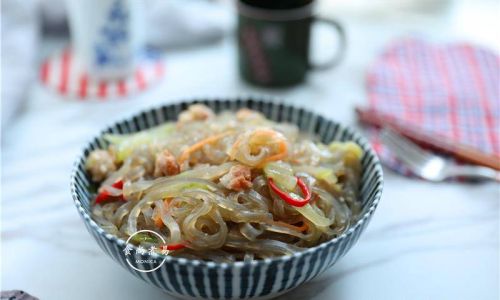
- Bring Water to a Boil: Fill a large pot with water and bring it to a rolling boil.
- Add Noodles: Carefully drop the soaked and drained noodles into the boiling water.
- Cooking Time: For thin noodles, cook for about 2-3 minutes. Medium noodles require 3-4 minutes, and thick noodles may need up to 5 minutes.
- Test for Doneness: Use a fork or chopsticks to gently lift a strand. It should be translucent and slightly firm to the touch, not mushy.
- Drain: Once done, quickly drain the noodles in a colander and rinse with cold water to stop the cooking process. This also helps to prevent sticking.
Stir-Frying
Stir-frying glass noodles is perfect for creating quick and delicious meals.
- Preheat Pan: Heat a non-stick wok or large skillet over medium-high heat. Add a tablespoon of oil.
- Add Aromatics: Once the oil is hot, add chopped garlic, ginger, and any other aromatics like scallions or shallots. Stir-fry until fragrant.
- Add Noodles: Add the soaked and drained noodles to the pan, spreading them out in a single layer.
- Stir-Fry: Use tongs or chopsticks to toss and stir-fry the noodles, ensuring they don’t stick to the pan. Add a splash of soy sauce, oyster sauce, or your preferred seasoning.
- Add Vegetables/Protein: If incorporating vegetables or protein, add them now and continue to stir-fry until everything is heated through and well combined.
- Serve: Remove from heat and serve immediately.
Steaming
Steaming is a healthier alternative that retains the noodles’ delicate texture.
- Prepare Steamer: Set up a steamer basket over a pot of simmering water.
- Arrange Noodles: Spread the soaked and drained noodles in a single layer on a heat-proof plate or steaming tray.
- Steam: Cover and steam for about 5-7 minutes, depending on the thickness of the noodles. Check for doneness by gently lifting a strand.
- Season: Once steamed, transfer the noodles to a bowl and toss with your favorite sauce or seasoning.
Tips for Perfect Glass Noodles
- Don’t Overcook: Glass noodles cook quickly, so it’s crucial to keep a close eye on them to avoid overcooking.
- Use High Heat: When stir-frying, use high heat to create a nice sear on the noodles, enhancing their flavor.
- Season Well: Glass noodles are quite bland on their own, so don’t be afraid to season generously. Soy sauce, sesame oil, garlic, and chili flakes are excellent additions.
- Toss Frequently: When stir-frying or steaming, toss the noodles frequently to prevent sticking and ensure even cooking.
- Pair Wisely: Glass noodles pair well with a variety of ingredients, from vegetables and tofu to meats and seafood. Experiment with different flavors and textures to find your favorite combinations.
Creating Delicious Dishes
With your newly acquired skills in cooking glass noodles, you can now create a myriad of delicious dishes. Here are a few ideas to inspire you:
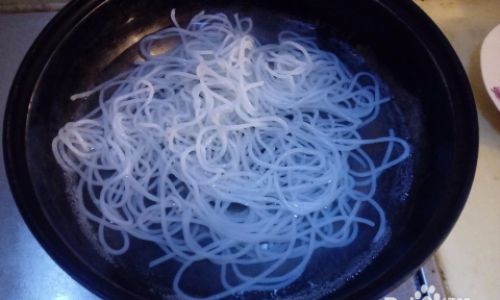
- Pad Thai: A classic Thai stir-fry featuring rice noodles, shrimp, tofu, bean sprouts, peanuts, and a tangy tamarind sauce.
- Glass Noodle Salad: A refreshing summer salad with glass noodles, shredded vegetables, herbs, and a light dressing made from rice vinegar, soy sauce, and sesame oil.
- Bibimbap: Korean mixed rice and vegetable dish. Add a nest of glass noodles on top for added texture and flavor.
- Pho: Vietnamese noodle soup with tender slices of beef, rice noodles, and a rich broth flavored with star anise, cinnamon, and ginger.
- Vegetable Stir-Fry with Glass Noodles: A quick and easy meal featuring a medley of seasonal vegetables and glass noodles tossed in a garlic-ginger sauce.
In conclusion, mastering the art of cooking glass noodles opens up a world of culinary possibilities. With their ability to absorb flavors and their versatility in various cooking methods, they can be the foundation for countless delicious dishes. By following the tips and techniques outlined in this guide, you’ll be able to cook glass noodles perfectly, transforming them into a delightful addition to your meals. Happy cooking!

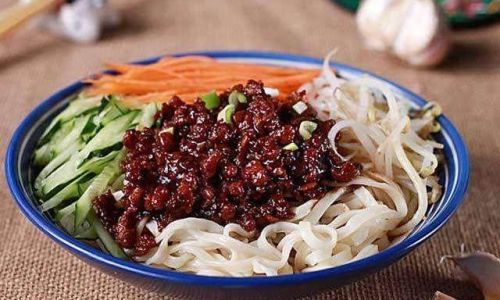
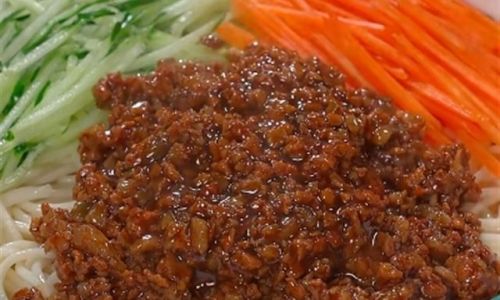


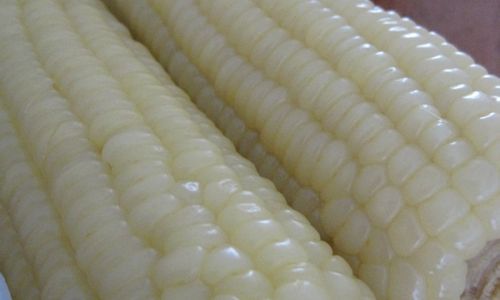
0 comments